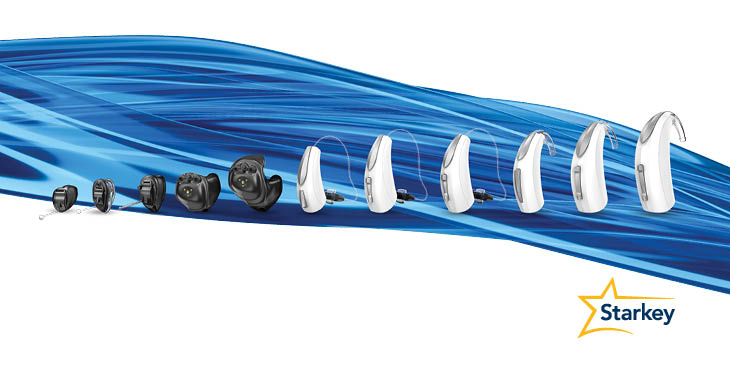In a recent Starkey Sound Bites podcast, we gathered a panel of experts to answer 10 of the most frequently asked questions we get about hearing, hearing loss and hearing aids.
One of the questions host Dave Fabry, Ph.D and Starkey’s own Dr. Archelle Georgiou and Jamie Myers, Au.D. answered was, “How have hearing aids gotten better over the years?” Their answer is below. It has been edited for length and clarity.
Dave Fabry, Ph.D. — So then the last question, is, how hearing aids have gotten better over the years. I think the way I've seen hearing aids improve is really becoming more and more effortless in terms of the user interface. That is — once the hearing loss has been measured and been programmed by the professional to compensate for the hearing loss — in many cases now hearing aids automatically adapt as I go from quiet to noisy listening environments, even music and other specialty sounds where I don't have to make a lot of adjustments.
The automatic nature — using artificial intelligence and advanced signal processing — enables me to go throughout my day without having to intervene a lot. But we do also, in some technologies, have the capability of me engaging additionally with a user evoked scan of an acoustic environment to optimize further if I want to (called “Edge Mode”). But for most people, what they really want is effortless hearing, to just put the hearing aids in and go about their day.
Then I would also say effortless connection, given that, as you mentioned Jamie, now hearing aids connect to smartphones, iPhones, and Android phones, so that I can stream phone calls to both ears, which makes a huge difference. Stream any audio coming from my smartphone.
My wife thinks I have a sense of direction since I started wearing hearing aids, but secretly I'm just streaming the map directions in my ear when I'm driving or we're driving somewhere. And I listen to podcasts and music as I'm working out while wearing them. That connection to the technology is a great one.
Also, enabling me to be connected to the professional if I can't, or don't want to always go in for face-to-face visits. I can do some of those follow-up visits for adjustment or counseling with my professional using telehealth.
And then the last plug is for an application that we have that enables — with permission — family members, or colleagues, or even professional caregivers to monitor my progress in terms of physical activity, wearing my devices, even social engagement through the use of a companion app.
Jamie Myers, Au.D. — I'll add one more thing. Rechargeability, it's something that we really take for granted with our smartphones, with really any electronic we have now. We expect it to be rechargeable and the same is true with hearing aids. And Dave, you might know the number more off the top of your head, how many hearing aids, the percentage, it's surely the majority now.
Dave Fabry, Ph.D. — It's two thirds are rechargeable.
Jamie Myers, Au.D. — Yeah. The direct devices, the behind the ear, and then Starkey had the first custom in-the-ear rechargable hearing aid, which is really exciting. So I just think rechargeability is another one.
Dave Fabry, Ph.D. — That's a great call out. Archelle, any other final words from you on that?
Dr. Archelle Georgiou — That was a really beautiful summary that you gave. So I'm not going to add to that. I'll just say that what I see is that Starkey and our hearing aids are recognizing that hearing is personal. So just like so much of healthcare is personal, we want our treatment plans to be tailored to us. And what our hearing aids are doing is tailoring the sound to us because hearing is so very personal and it is really cool to see how our technology can do that.
Dave Fabry, Ph.D. — The best thing for me about my job is that I still get to see patients as well as have a hand in helping develop the new technology. It's amazing to sit across from a person that is experiencing the technology and the benefits that come with it and that's what I like best. So I would encourage listeners who are considering getting an assessment of their hearing and proceeding on this hearing journey to try amplification. Don't delay, just do it.
To find a nearby hearing professional or audiologist who can demonstrate the latest hearing aid technology, simply type your zip code in here and you’ll a generate a list of local providers who you can contact. To listen to this Starkey Sound Bites podcast (as well as past and future episodes) look for it wherever you get your podcasts.
Join our community of Starkey Blog subscribers
Want a week's worth of Starkey blogs delivered to your inbox? Sign up here.
